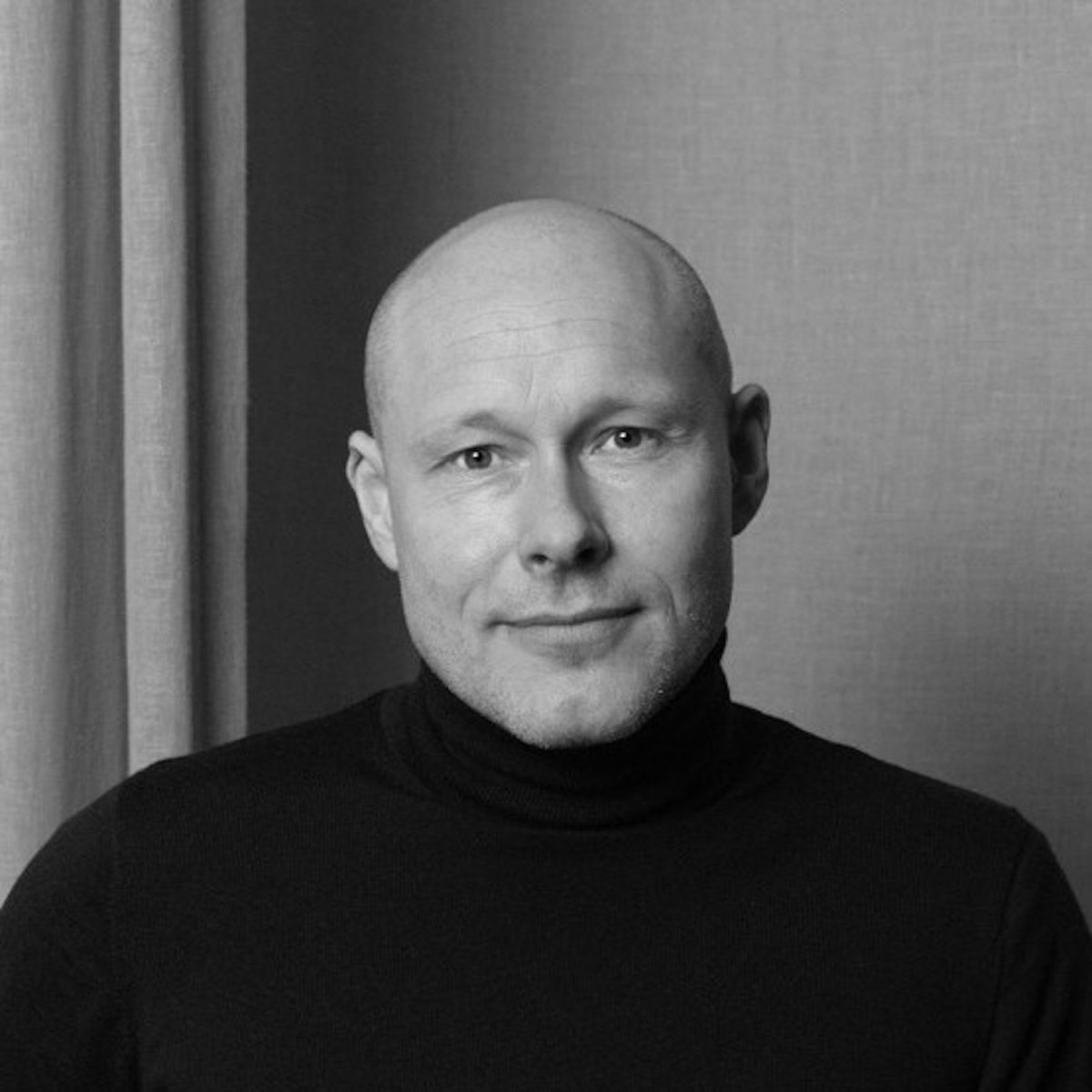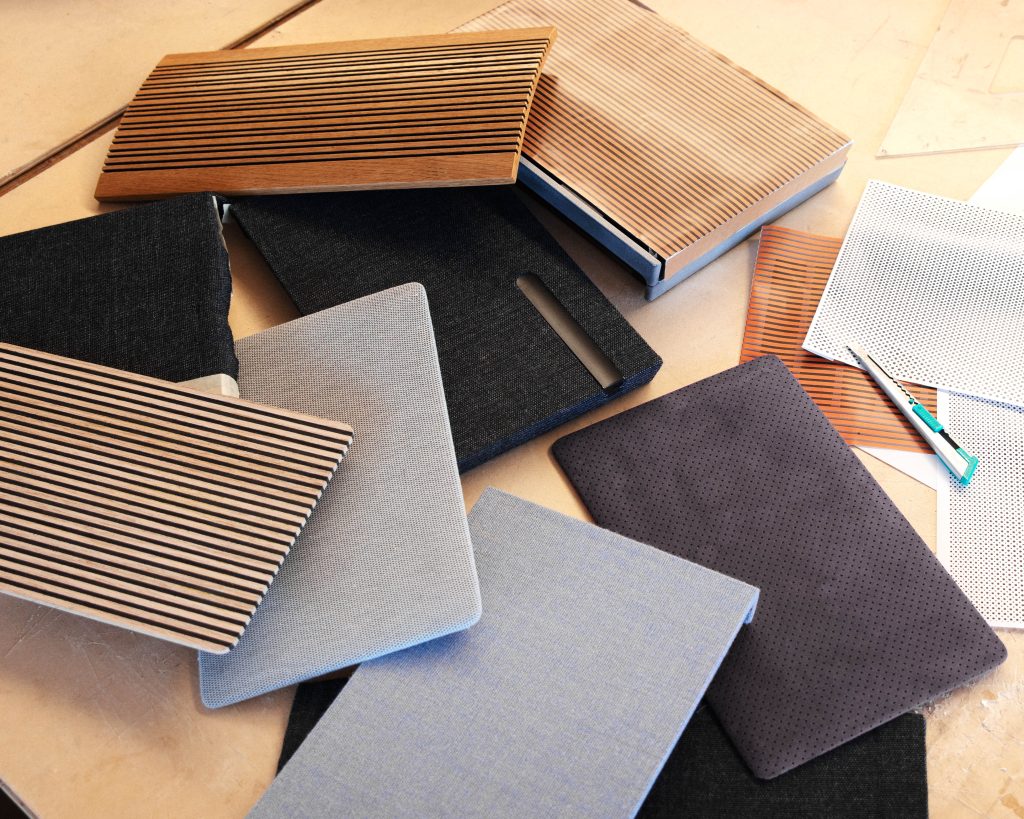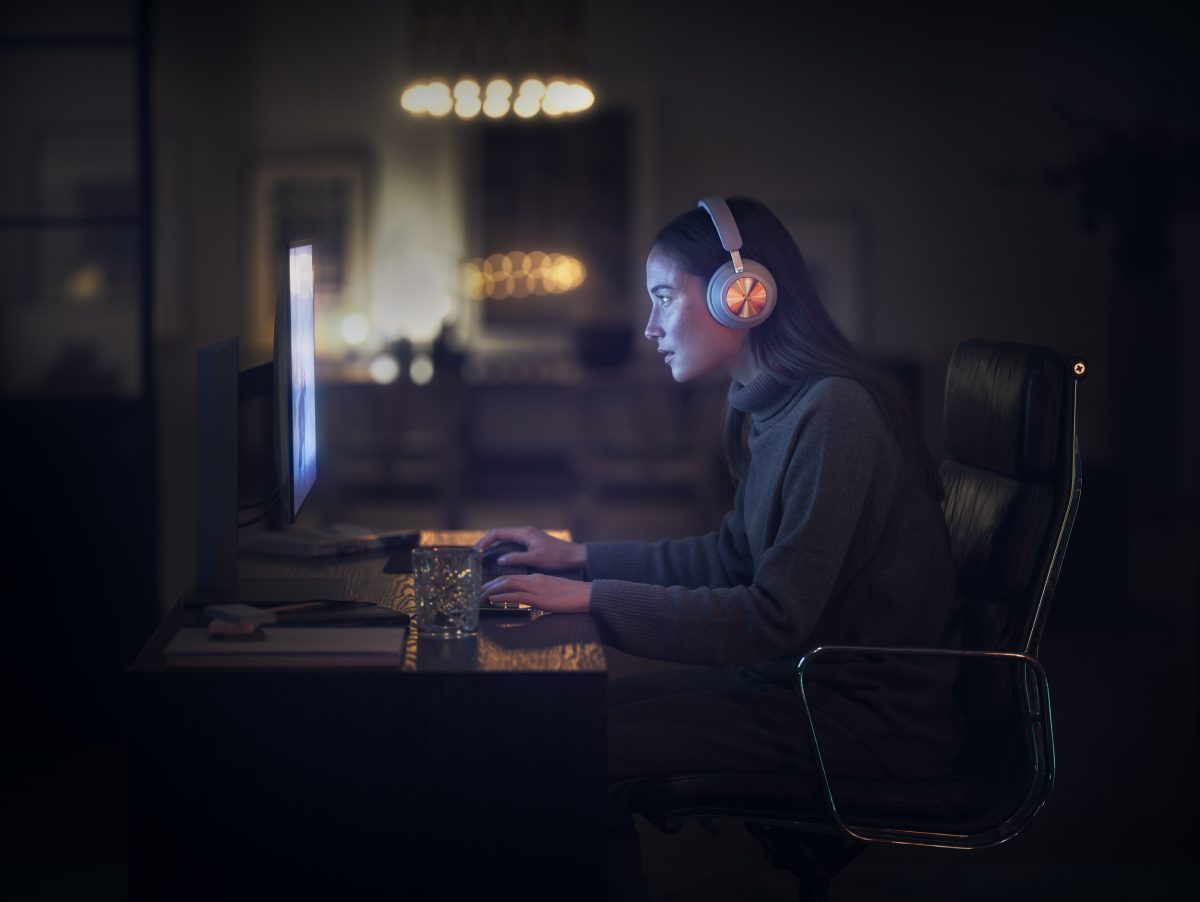
Who are you?
— I’m Mads Kogsgaard Hansen, the senior global manager of product circularity at Danish technology and consumer electronics company Bang & Olufsen.
On average, electronics are being used for 4,5 years. How can the industry increase the longevity of products?
— The actual lifetime of consumer electronics varies across the different kinds of products such as earphones, headphones, portable speakers, in-home speakers, soundbars and TVs. When looking for improvements, it is important to consider this because you have different starting points. The benchmark for the designed lifetime, the customers’ expectations of ’product life’, technology changes, the split between hardware and software, and many other things differs across categories.
— Why am I saying this? Because there is no one-size-fits-all solution that can increase the average lifetime of the product in this industry. The good news is that we as an industry have many opportunities to do things in a better way and create long-lasting and circular products across the board. Really simplified, you can say that we have to focus on five things.
1. We want to design for a long lifetime. We do that by creating products with higher build quality, more durable materials and future-proofed hardware architecture with high specifications to postpone points in time where upgrades are needed. That is possible, but few do it.
2. We want to design for serviceability, for replacement of components critical to actual lifetime and for repair to keep products in use longer and extend life if something breaks. Think about your headphones. Usually, it’s the battery that stops working. We should all make it possible to change the battery, rather than changing the whole headphone. That’s better for you, for us and for the planet.

”Design for upgradeability of both software and critical hardware components to prevent premature technology obsolescence. This is where the industry has struggled big time”
3. We are designing for customization and the ability to change and replace cosmetic parts such as speaker covers to support emotional durability and attachment. This is important because people don’t live static lives. They might want to paint their walls, move to a different place or just want to have a new look to their product. Instead of changing the whole thing, we should allow you to change just that.
4. Design for flexibility, you can call it a multi-purpose product, is also important. We want to build products for as many use cases as possible, so we can adapt the product to the changing needs of the user. That could be a headphone that is designed for both work use and leisure, rather than buying new stuff for everything.
5. Design for upgradeability of both software and critical hardware components to prevent premature technology obsolescence. This is where the industry has struggled big time. For years, the industry has been teaching our customers that a consumer electronic product has a very limited life because of technology. It doesn’t have to be that way.
Do you know, on average, how long your products are being used?
— We do not have precise data on actual product lifetime on an individual product level, as this is not possible to measure directly for older products because of limitations in technology and traceability. We do, however, have some indirect quantitative data from our own Service Center, which last year completed 22.000 service cases in Denmark, primarily on product icons. Out of this total number of service cases roughly estimated two-thirds of them were related to tasks like replacement of parts, general refurbishment to secure good function and also in some cases upgrade of cosmetic elements, like front covers and the like, on products like turntables, TV’s and stereo speakers, which ranges between 10 and 40 years of lifetime.
— On top of this, we have some clear indications from customers, who are sharing their stories and experiences with our products over several decades of use. In some cases, our products are even passed on through generations.


So, how do you make sure that a product gets passed through generations?
— First and foremost, it is important to have a clear vision of the design and the product. A product should solve a real customer problem and stimulate desirability and emotional connection. It has always been a key driver for B&O to follow the mantra ‘form follows function’ through the lens of Scandinavian minimalism.
— Of course, functional durability is a given to secure a long life of a product, but the strongest driver of longevity is by far emotional durability, which allows the user to establish a strong emotional relationship through the design, both because of the timeless qualities of the aesthetics, but also through memories and amplified emotions through music.
— Finally, the ability to express personal taste and style through customization, allowing audio products to change their look and feel over their lifetime to adapt to changing the interior design in the home of the user. This is also something that supports emotional durability.
”The strongest driver of longevity is by far emotional durability, which allows the user to establish a strong emotional relationship through the design”
And what about the technical side of the products? How do you work with modularity, both for hardware and software?
— We believe that the most efficient way to fight technology obsolescence is to think about evolution and adaptation into the hardware and software architecture from the very beginning. For example, when the Beosound Level portable speaker is taken out of the box the first time, it is only using 50% of its total processing capacity, which leaves an extra 50% of performance, which can be used to adapt to changes in connectivity technology years out in the future. It is also prepared to evolve over time via software updates adding features and improving performance to keep it relevant and make sure the listening experience keeps evolving over time.
— There are also limitations in battery technologies in terms of service life, which we all know from our mobile phones. Over time batteries lose their capacity and must be charged more often or even become unstable in performance. For this reason, Beosound Level has been designed with a replaceable battery, something that customers can do with simple tooling if the battery capacity needs to be upgraded over time.
— You can also change the look and the feel of the speaker over time, customers can shift between a wooden front or nice soft interior textile materials.
How local is Bang Olufsen’s production? Is the material, assembly and design located in Denmark?
— B&O is a global company selling to customers all over the world. We try to produce our products as close to our key markets as possible. We have our own aluminium factory in Struer, Denmark where B&O was founded, and the factory is producing parts for the product assembly lines in Europe. We also work with suppliers of sub-components from Denmark and Europe. We work with Danish suppliers of wood craftmanship and components for the last many decades and we also work closely with partners such as Kvadrat a Danish supplier of high-quality textiles for interior and furniture.
— As we are also selling products in Asian markets such as South Korea, Japan, and China, and we also have a manufacturing and distribution network established in Asia, where we manufacture products mostly for these markets and in those cases use more local suppliers of e.g., plastic parts, aluminium components and electronic components.
Are you monitoring any tech trends now? What developments in the next three and five years do you think we will see?
— We see several but let me highlight two. First, we see a strong movement among customers towards more sustainable products. We believe that this will fundamentally change the industry’s business models, how we work and how we communicate with our customers. We have stated that we want to lead a movement towards a more circular future and believe it’s the only way forward for the industry. Secondly, we see a massive trend of individualization, not just in consumer electronics but across all industries. You want something that is unique to you and something that reflects who you are. It’s a new challenge for many in the technology industry.
Key takeaways:
— Consumer technology needs to be easily repaired and designed to be modular to make sure it’s passed through generations.
— More and more consumer wants to customize and individualize the products, so to reach maximum longevity manufacturers need changeable parts and panels.
— Try to design consumer technology that establishes strong emotional durability. Memories and emotions go a long way.
Do you want more similar stories straight to your inbox? Sign up for our weekly newsletter here.


